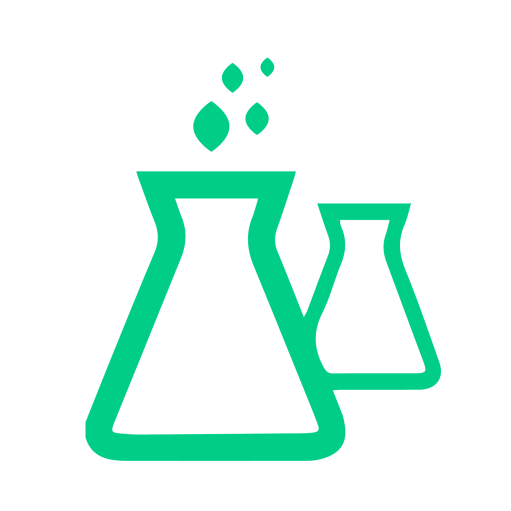
It is commonly known that hyaluronic acid is present in many areas of your body, but did you ever think it could be used to heal wounds without scarring? One of the main uses of HA is to lubricate and fill in various structural portions including the skin, the joints, and the eyes. When it comes to the skin, HA has many uses including cosmetic and medical. There has been a boom in moisturizing creams and other cosmetic products that contain HA as this chemical goes a long way to re-hydrate and add volume to your skin. Medical uses are extremely wide-ranging as well, but healing skin defects including external wounding has become a big topic.
The healing effects of hyaluronic acid are so immense that they have even sparked controversy. The body generates hyaluronic acid to fight both internal and external wounds including cancer. Due to this effect, some people have jumped to the conclusion that hyaluronic acid causes cancer because it is concentrated near the tumor. In reality, the body creates hyaluronic acid after cancer has already developed to try to fight it. HA has been linked extensively to the development of new tissue to create a nice, seamless healing without any kind of scarring. The substance is present at exaggerated levels in fetuses because of all the tissue development taking place.
In the event of a wound, the body will rush to generate hyaluronic acid to begin the regeneration process. Hyaluronic acid helps to increase the mobility of macromolecules due to its excellent lubrication; this helps ‘raw materials’ access the wound site and facilitate quick growth. HA increases the mobility of connective and inflammatory tissue cells, and lymphocytes by first binding to a receptor, unbinding, and allowing them to flow freely. Depending on the size of the wound, more or less hyaluronic acid will be generated accordingly to allow for a controlled flow of resources.
Products such as Hyalofill have been created to take advantage of the amazing properties of hyaluronic acid when it comes to tissue regeneration. In the past, hyaluronic acid would have to be injected underneath the wound to allow for any effects to occur. As knowledge has progressed, hyaluronic acid dressings, such as Hyalofill – have been created which can simply be rubbed onto the wound. The trials with animals have been so successful that human trials are emerging quite rapidly using the same hyaluronic acid dressing technology. It has been shown that HA dressings have allowed patients to be discharged from the hospital earlier than expected.
To demonstrate actual statistics, a study by French scientists has measured the acceleration of healing HA provides. This study shows that patients who used HA had a decrease in wound size by 23% at 7 days and 48% reduction at 21 days. This is contrasted with patients who did not take the hyaluronic acid treatment with a wound reduction of 4.3% and 18% at 7 and 21 days respectively.
Like many herbal extracts, the future of hyaluronic acid seems very promising and exciting. Studies have been done on all kinds of wounds including burns, surgical wounds, chronic wounds, and more. There is always more research and development being done on this fascinating topic; perhaps someday, radical procedures like skin grafts will not be necessary.
